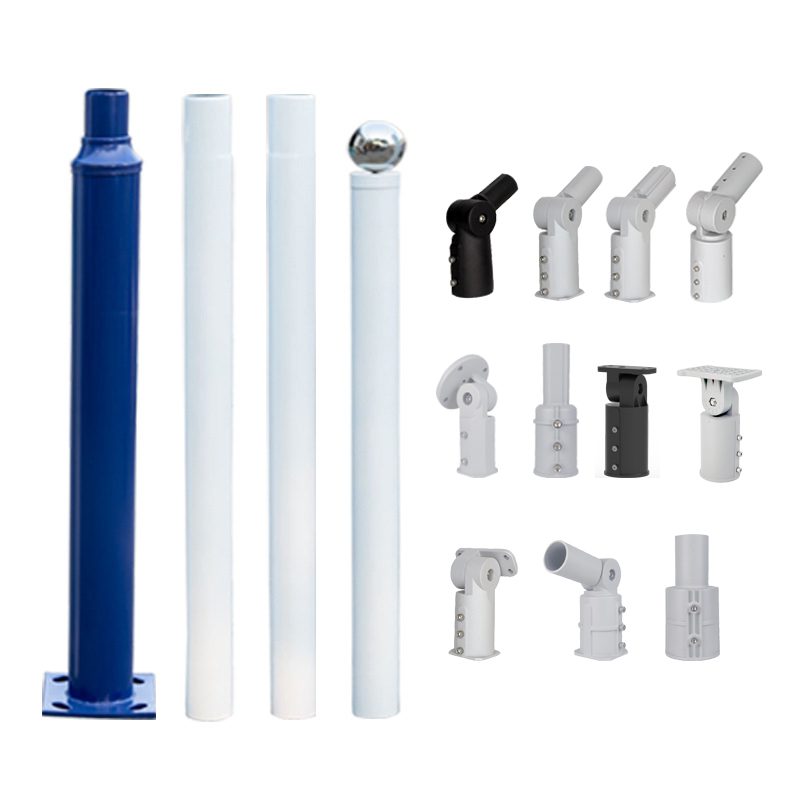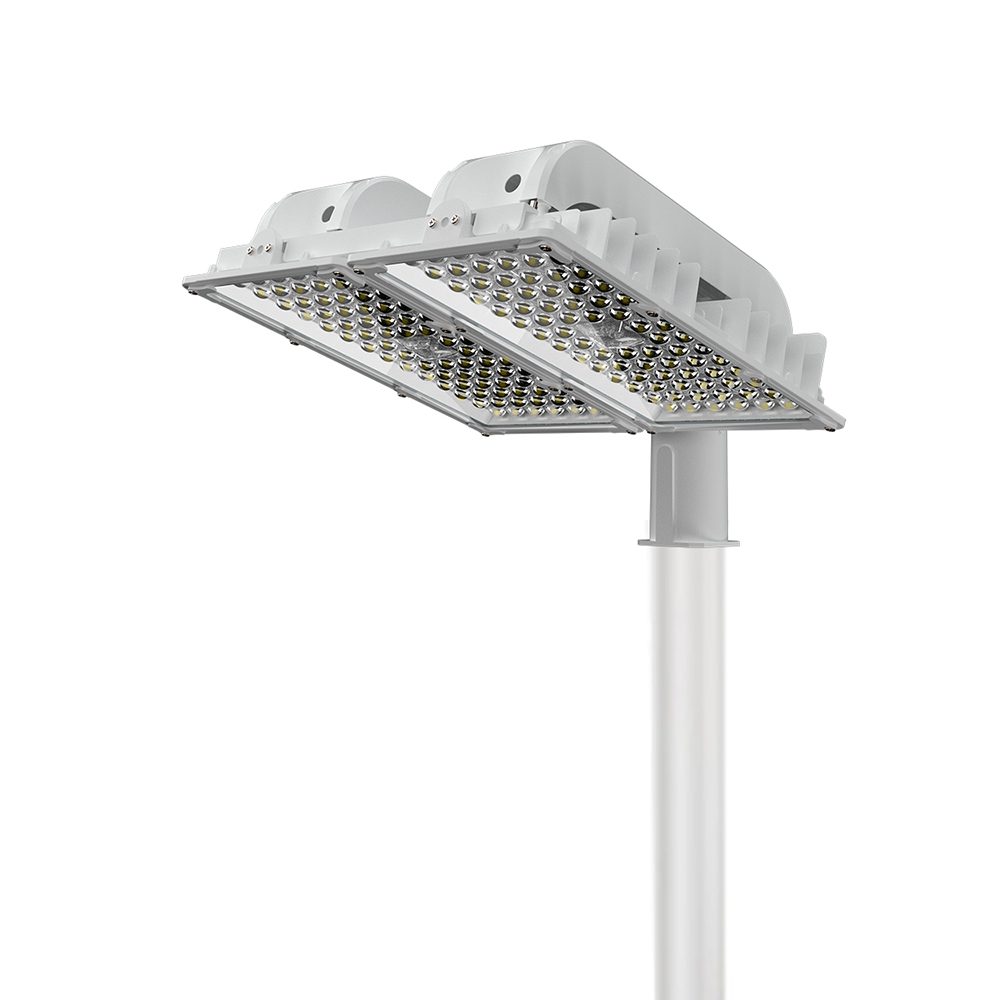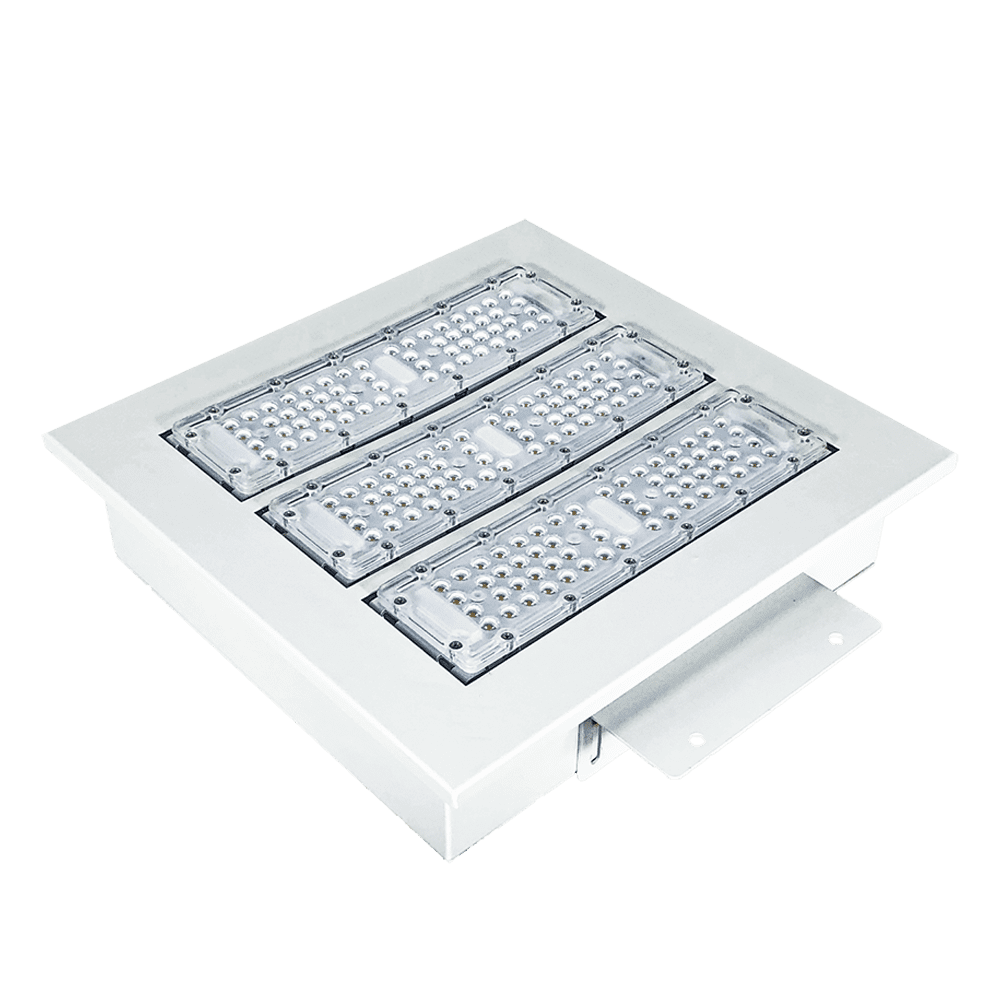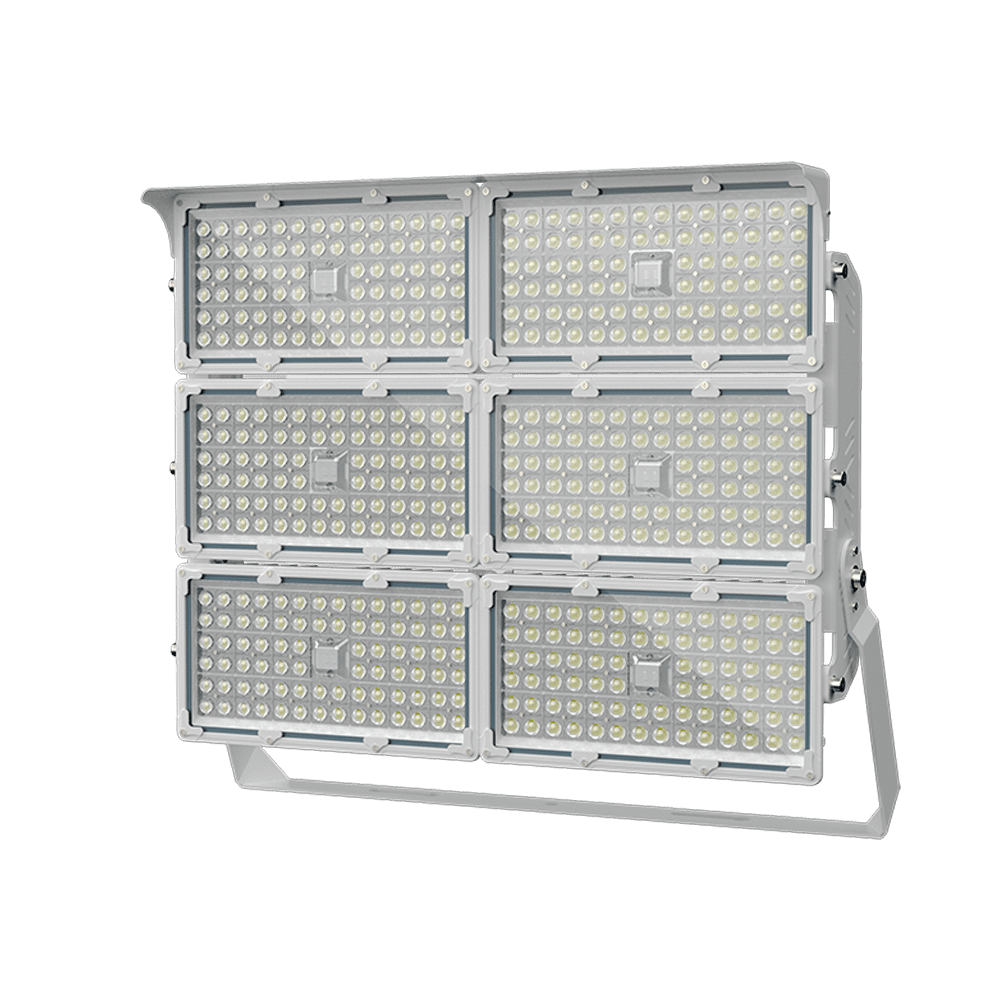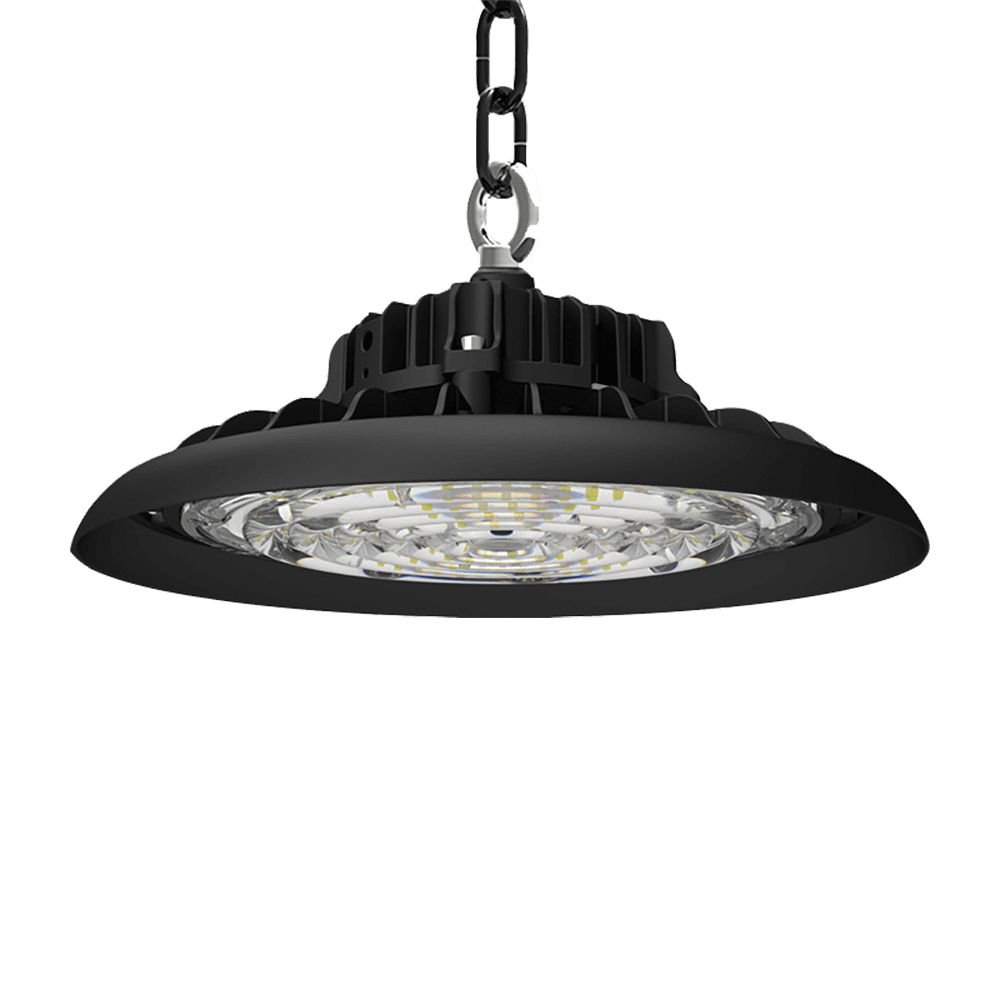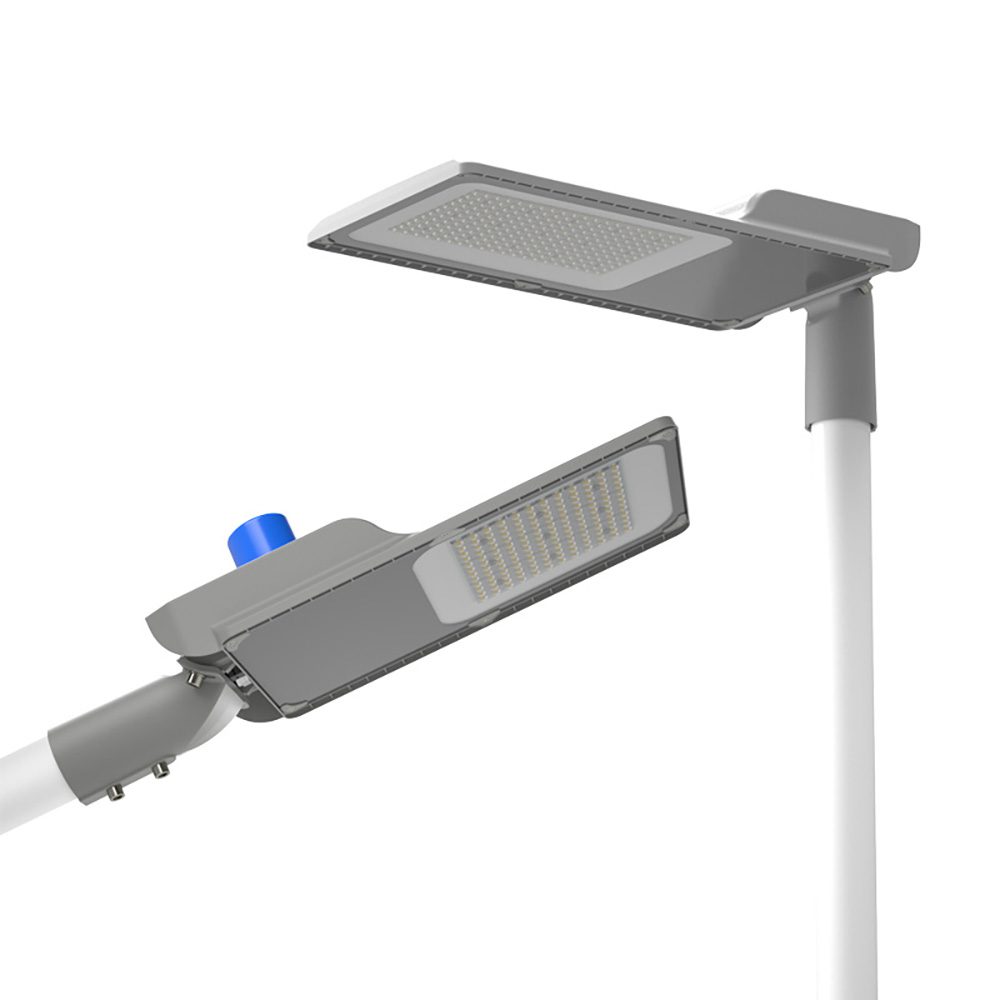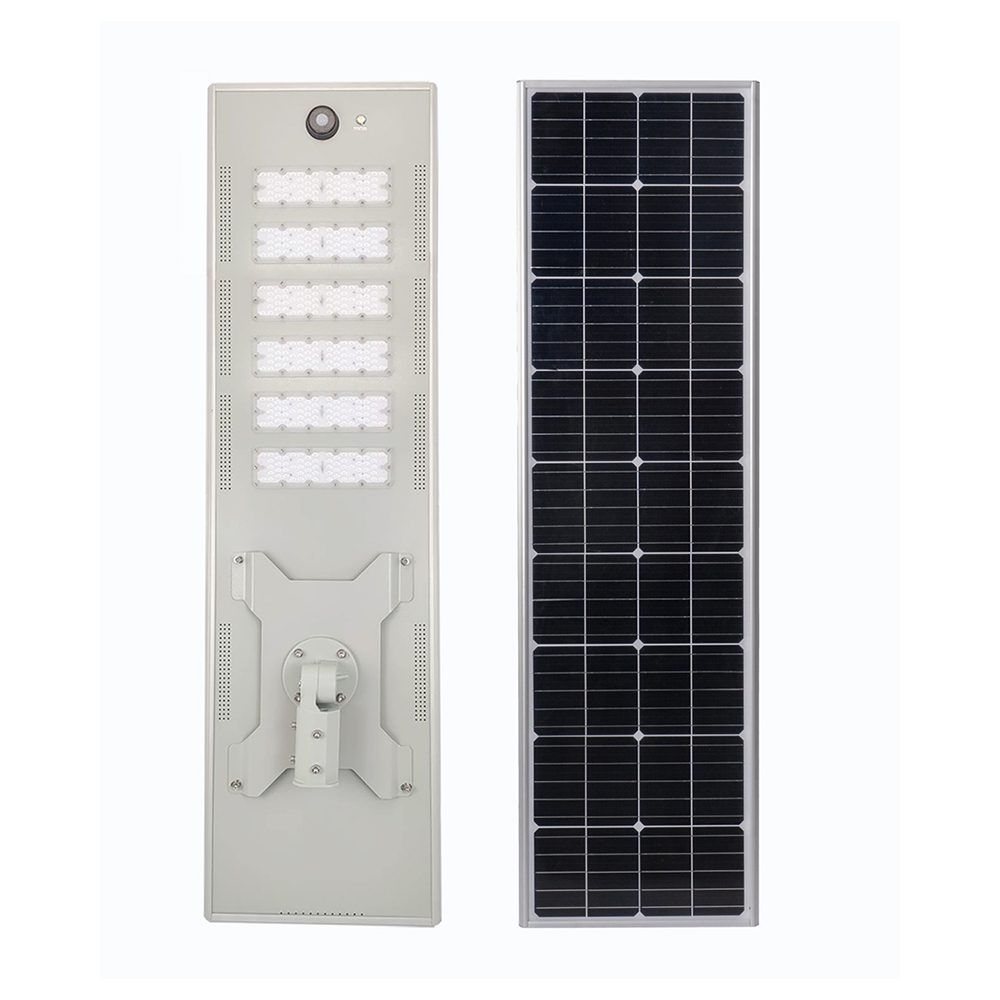The continuous advancement of lighting technology has made LED street lights and sports lights the primary lighting choices for modern cities and sporting venues. Lenses play a crucial role in the performance of these fixtures, directly affecting illumination effects and light efficiency. This article will explore the differences between LED street light lenses and sports lighting lenses, their respective benefits, and maintenance considerations.
LED Street Light Lenses
Characteristics
LED street light lenses typically feature focused or wide-angle designs to achieve uniform light distribution. They are engineered to minimize light scattering and reflection, ensuring effective utilization of the illuminated area.

Benefits
High Light Output Efficiency: LED street light lenses can effectively focus light onto specific areas, reducing wastage and thereby improving light efficiency. This is particularly important for urban street lighting, as it ensures the safety of pedestrians and drivers at night.
Uniform Illumination: The lens design allows for more even light distribution, reducing shadows and bright spots, which enhances visual comfort. This is crucial for improving road visibility and safety.
Energy Saving: Due to their high efficiency, LED street light lenses can lower energy consumption, reduce electricity costs, and lessen environmental impact.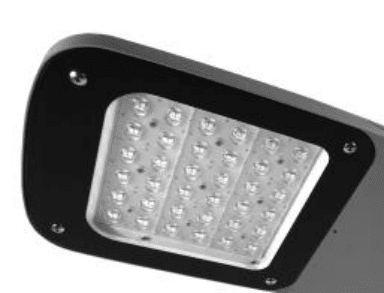
Maintenance
Maintaining LED street light lenses is relatively simple. Regular cleaning of the lens surface to remove dust and dirt will ensure sustained high light efficiency. Additionally, checking the electrical connections and LED modules is necessary to ensure the fixture operates properly.
Sports Lighting Lenses
Characteristics
Sports lighting lenses are typically designed for wide-angle illumination to cover larger areas. They often feature highly focused lenses to ensure light is concentrated in the center of the playing field.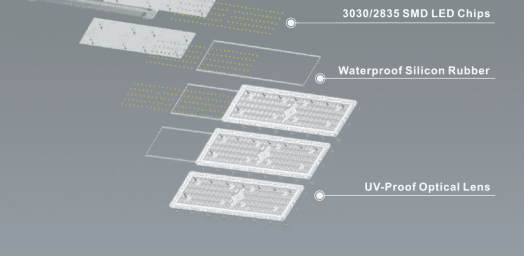
Benefits
High-Intensity Illumination: Sports lighting lenses can provide high-intensity lighting, ensuring visibility during matches and training sessions. This is vital for athlete performance and spectator viewing experiences.
Flexible Beam Control: The lens design allows for adjustable beam angles, accommodating the specific needs of different venues and events. For instance, the light distribution can be tailored for soccer fields versus basketball courts.
Enhanced Spectator Experience: Good lighting can improve the viewing experience for spectators, ensuring they can see the action clearly during nighttime events, thereby enhancing the overall atmosphere.
Maintenance
Maintenance for sports lighting lenses is equally important. Regular checks for lens cleanliness are necessary to ensure no dirt or contaminants affect light transmission. Additionally, routine inspections of the electrical systems and LED components should be conducted to ensure proper functioning and efficient lighting.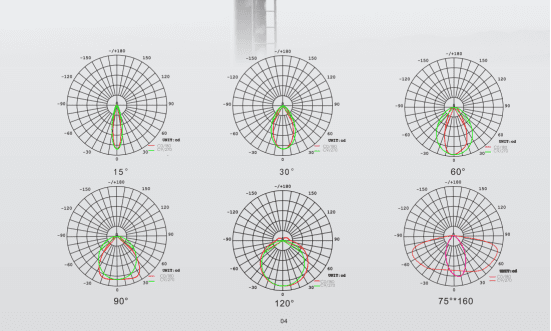
Differences Between the Lenses
Beam Angle: LED street light lenses are typically designed with narrower beam angles to provide uniform lighting in specific areas, while sports lighting lenses are designed with wider beam angles to cover larger venues.
Light Output Intensity: Sports lighting lenses generally require higher light output to meet the demands of sports fields, whereas LED street light lenses prioritize light efficiency and energy savings.
Design Purpose: LED street light lenses focus on road safety and environmental aesthetics, while sports lighting lenses emphasize enhancing athletic performance and spectator experience.
LED street light lenses and sports lighting lenses have significant differences in illumination effects, light efficiency, and design purposes. The former focuses on energy savings and uniform lighting, while the latter emphasizes high intensity and flexible beam control. When selecting the appropriate lens, it is essential to consider the specific application scenarios and lighting requirements. Proper maintenance will ensure the long-term efficient operation of the fixtures, enhance lighting effects, and provide a safe and comfortable lighting environment.

